Show News: Rare Quilts Get Museum Time
Bill Volckening didn't give two hoots about quilts until he dated a girl who did. In 1989 she invited him to a private quilt show in New York with renowned quilt collector Shelly Zegart. He instantly fell in love with an intricate quilt, a rare New York Beauty pattern.
This first quilt was destined for wall art, but Volckening researched and purchased more over time. As his collection grew, so did his passion. Today he owns more than 250 quilts, many of which he displays on his home's walls. "Every home should have a quilt," he says.
This summer and fall, 35 quilts, patterns and other ephemera from Volckening's collection will be on display at the San Jose Quilt Museum in San Jose, California. The exhibit focuses on the evolution of the graphic and complex New York Beauty pattern — the first quilt pattern Volckening ever bought.
Info: Collecting New York Beauty Quilts: Bill Volckening's Passion, San Jose Quilt Museum, through October 27, 2013. Open Wednesday–Sunday, 10 a.m.–5 p.m. (closed on major holidays); $6.50–$8.
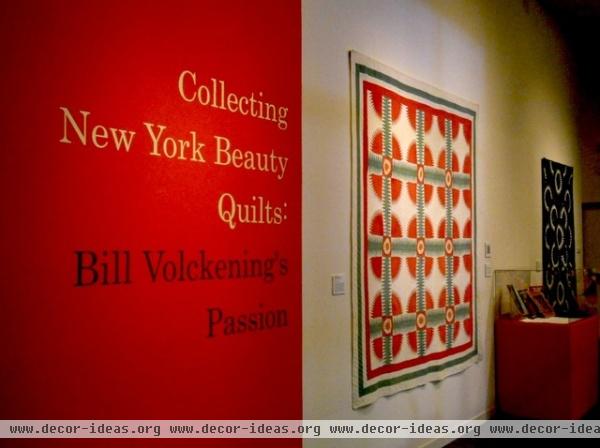
What Is the New York Beauty Pattern?
"The history of quilt patterns is very difficult to pin down, as there is typically no written history of their use and development," says Carolyn Ducey, curator of collections at the International Quilt Study & Museum. Ducey notes that patterns historically traveled from quilter to quilter, or through agricultural fairs.
However, most believe that the New York Beauty was first seen in the 1840s or 1850s, although it wasn't officially named until 1930. The pattern's name comes from the spikes that radiate out from the curved seams on each piece, much like the spikes on the Chrysler Building and Statue of Liberty. The high level of difficulty in piecing the tiny triangles together is what makes this pattern so rare.
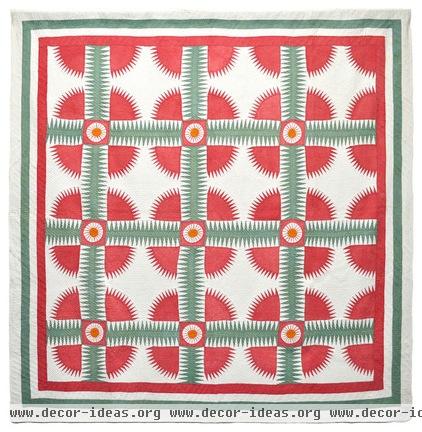
6 Quilts From the Exhibit
This is the first New York Beauty quilt Volckening bought from quilt dealer and expert Shelly Zegart in 1989. The 1850 Kentucky quilt is one of the first renditions of the pattern.
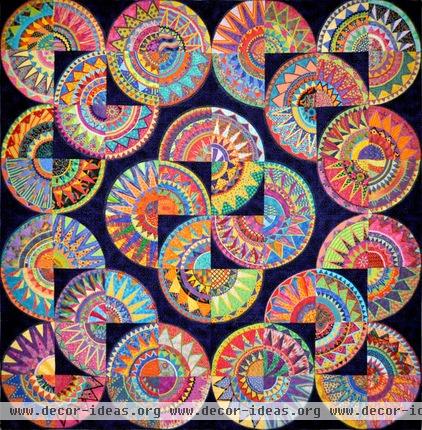
This more contemporary rendition was made in 2008 by the Buda Bee Quilters of Buda, Texas. The Cinco de Mayo pattern is one of the most complex varieties of New York Beauty.
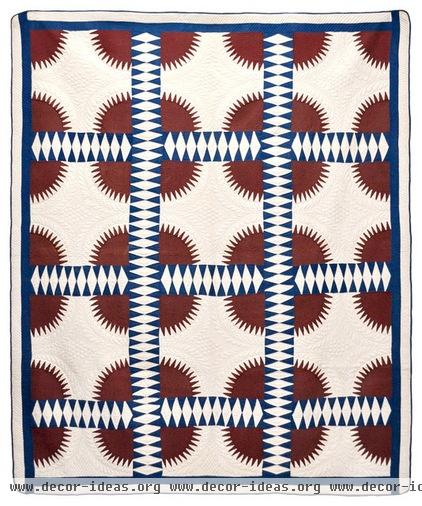
This 1860s Kentucky quilt also passed through Shelly Zegart's hands and appeared in her documentary, Why Quilts Matter: History, Art & Politics.
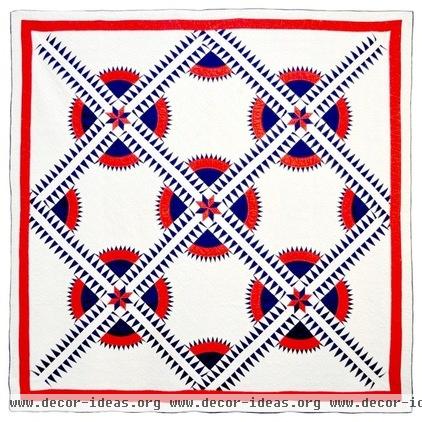
The primary color scheme on this Mountain Mist New York Beauty follows one of the pattern's more traditional color combinations: red, white and blue.
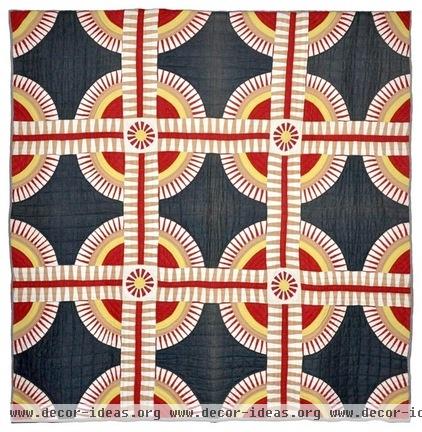
A dark blue background makes this 1865 Kentucky quilt especially unusual. Most quilts done during this time had a white background.
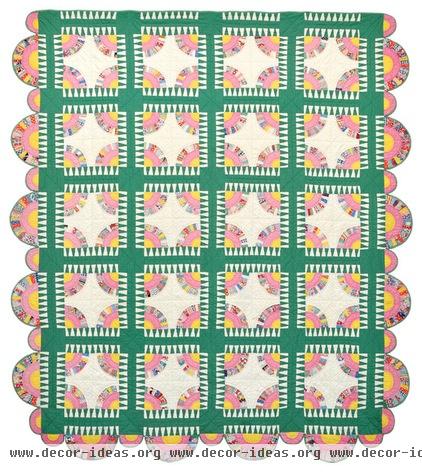
The Springtime Rockies pattern is a rare New York Beauty variant. This particular quilt was made during the Depression era. Volckening fell in love with its fan-edge finish; a beautiful but little-seen detail.
Tips for Budding Quilt Collectors
Thinking of starting your own quilt collection? "The thing that most people need is some patience," says Julie Silber of The Quilt Complex. "As with collecting anything, you want to get some information under your belt first." Here's what else you'll need to know:
1. Buy what you love. "Collecting seems to grow out of a recognition of what gets your heart pumping and your interest intrigued," says Ducey. "Most collectors I know start out by acquiring on a random basis."
2. Consider quality. Smaller stitches, more intricate patterns and thinner quilts (without heavy batting) increase the value of new and vintage quilts.
3. Look for quilts in great condition. "'Old' doesn't mean 'totally destroyed,'" says Zegart. Buying quilts in good condition is extremely important. It doesn't have to mean that it's perfect, but avoid quilts with major holes, tears and stains.
4. Stick to your budget. After doing your research on quilt prices, set a realistic budget and stick to it — unless you find that one amazing quilt you can't live without, like Volckening's first-ever New York Beauty. Silber suggests buying quilts from reliable dealers to get the most value. "You won't get a great bargain, though, because they know what they're doing," she says.
5. Educate yourself. Quilts are one of a kind; as with art there's a wide range in condition, quality and value. "There's no guidebook," says Silber. "You need to educate yourself." Read, visit museums, talk with other collectors and even peruse the quilt auctions on eBay to learn more about different patterns, eras and values.
Have a gorgeous quilt? We'd love to see it in the Comments below!












